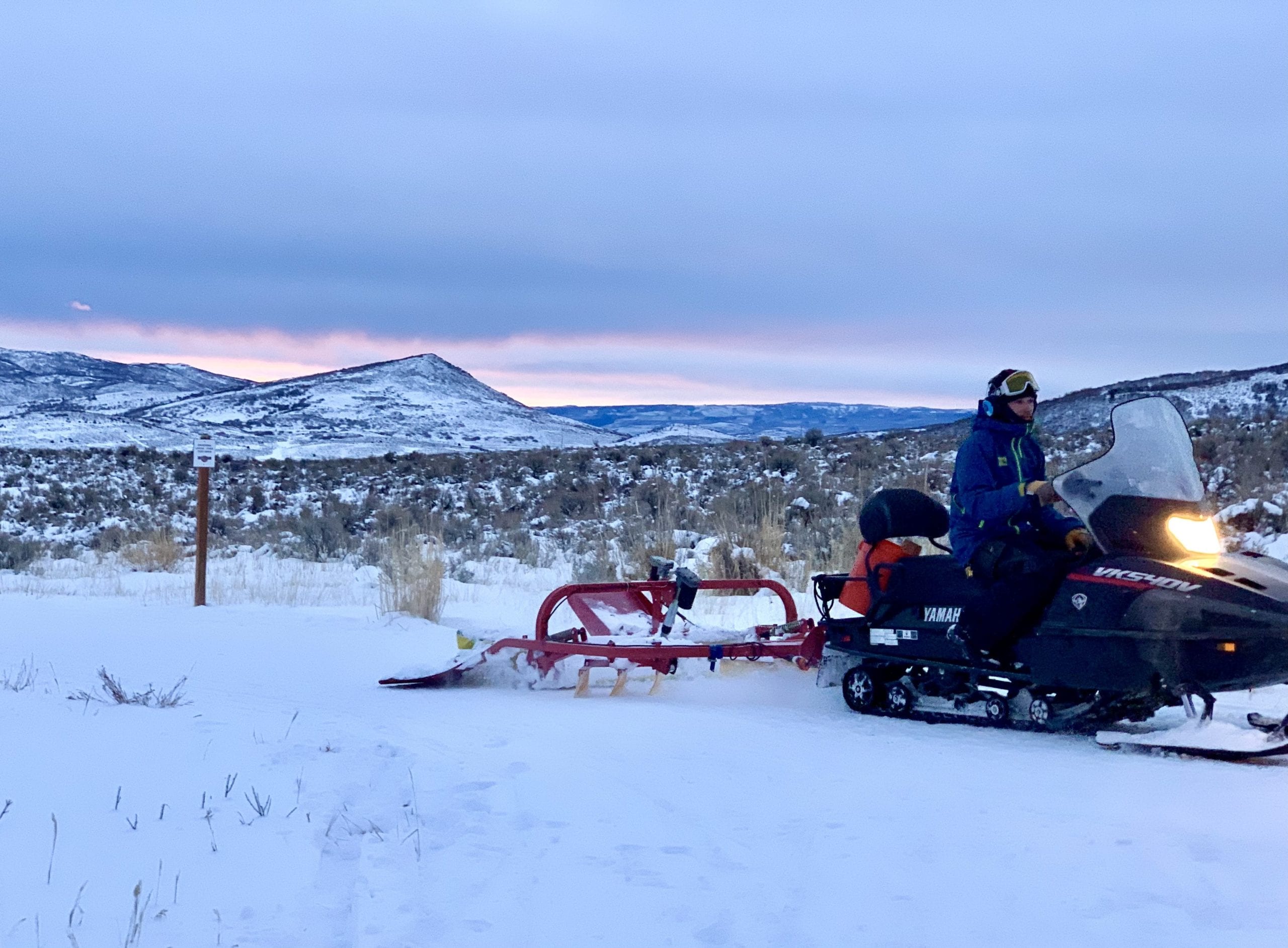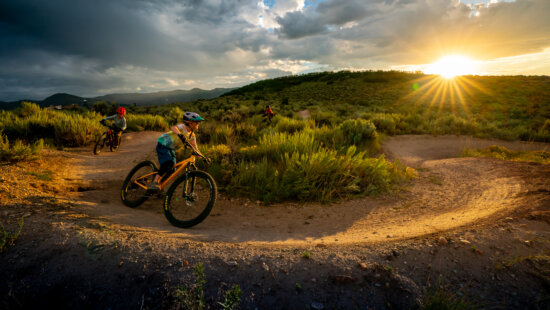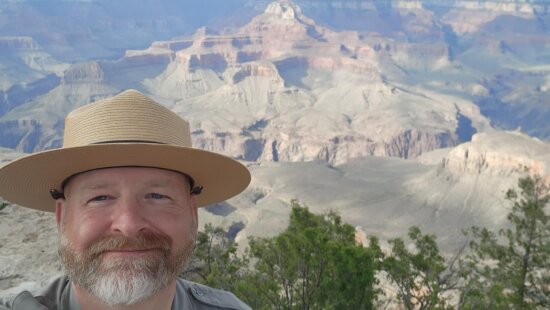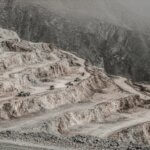Environment
Trail etiquette and soil stewardship tips for this mud season
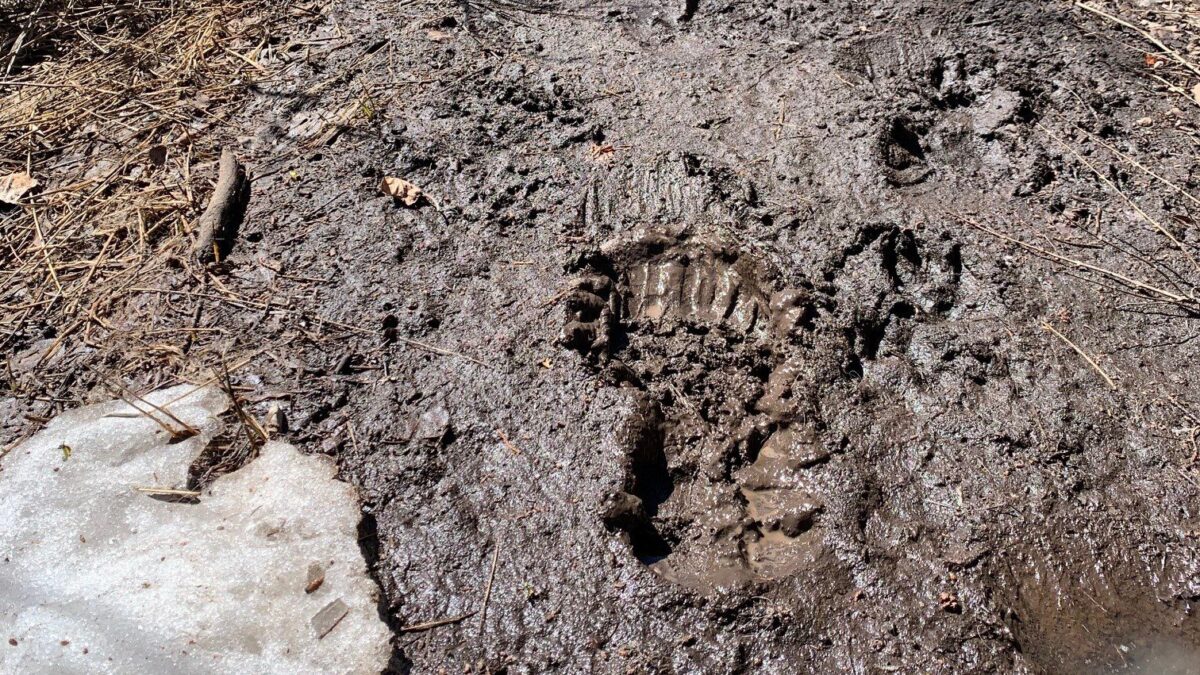
Photo: Courtesy of Basin Recreation
PARK CITY, Utah — Perhaps no one gets as much enjoyment out of mountain biking, hiking, and walking their dogs on Park City’s plethora of trails as the employees of the multiple local land management organizations on their days off. On their days on, they’re busy preparing for the rest of the trail enthusiasts to get out there ASAP.
David Paskoski, trails supervisor for Basin Rec, told TownLift, “expand your horizons! We all have routines and favorite trails to recreate. However, now is a wonderful time to explore some surrounding areas in Salt Lake and Heber Valley where the trails are already beginning to dry out.”
Rick Fournier, trails manager for the Mountain Trails Foundation, told TownLift, “Look at all your other options. The trails down in the Heber Valley will dry out quicker than the ones in Park City. Take your road bike out if you’re a road biker. The paved Rail Trail will dry out quickly giving you 28 miles to spin your wheels and get going and we’ve got an entire great paved trail system.”
“Be patient” is what both of them say, and they are the experts in their fields.
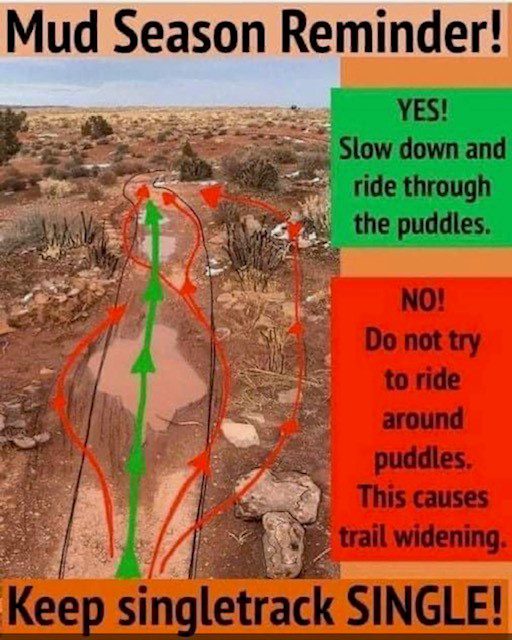
The soft muddy trails in early May are highly susceptible to user-created damage. Soil displacement, whether it’s created by a tire, running, hiking shoe, or dog paws, creates a low spot for water to pool. Multiple tire ruts or footprints, create more soil displacement and can lead to cupping, where the trail tread becomes a trough for water to flow down, further hastening the erosion process.
A misconception of early trail use is that hikers don’t do as much damage as bikers. Both recreations damage the trails during mud season. Bikers making ruts that lead to erosion, soil displacement, and long term damage. Hikers go further into a muddy system and walk around puddling areas creating foot ruts and tread widening.
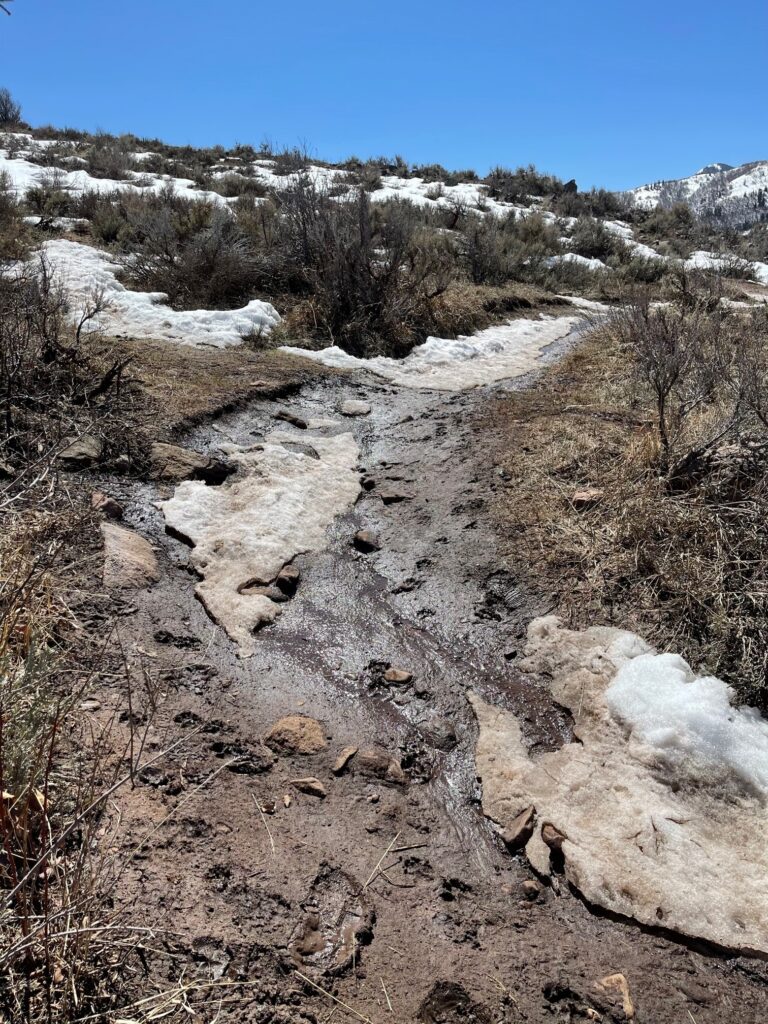
Deep ruts that solidify make the trail experience unpleasant for all users. Trails do heal, but high trafficked damage does require our crew to spend effort repairing those areas. This could be avoided through good trail stewardship and etiquette. A good rule of thumb: if it’s sticking to your heels or wheels, turn around.
While some of the treads and footprints may buff out slightly with use in clay based soils, they can set up like concrete and stick around all summer, turning what was a smooth, buttery single track into a red bumpy mess. Trail crews quite often have to buff out the ruts that berm or dig out the downhill edge of the cup to section of the trail to allow water to flow off the trail tread versus flowing down in.
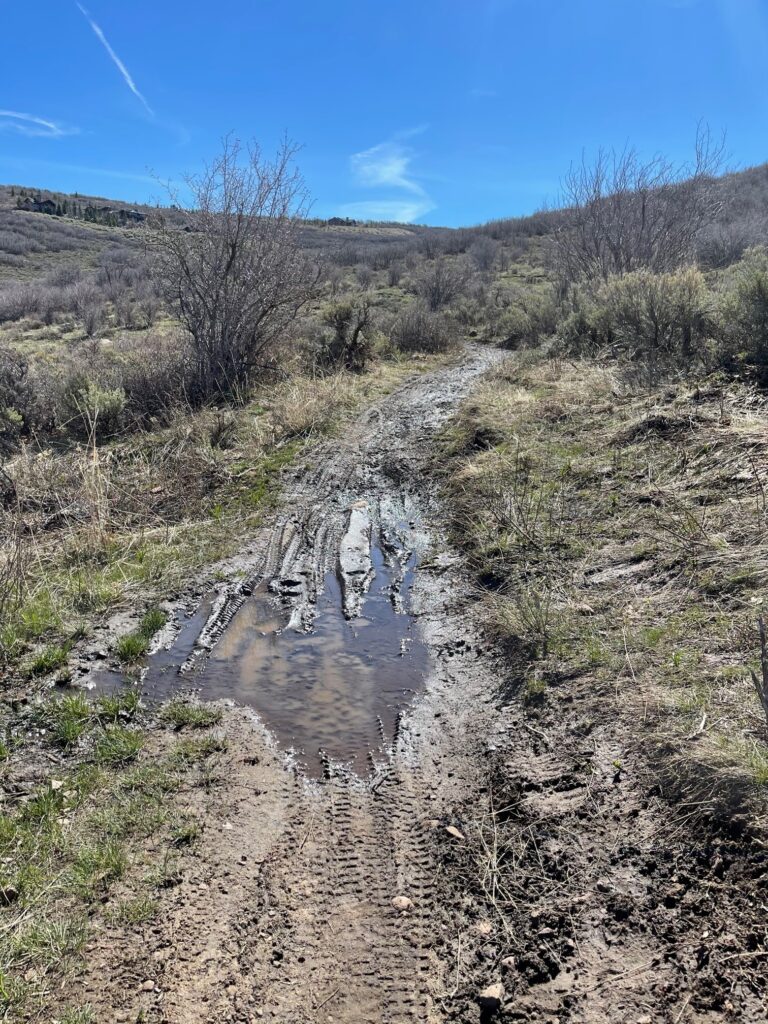
Recreating during the spring mud season negatively impacts the vegetation and soil along trails. This time of year vegetation is easily damaged during the early growth period. Walking and riding on the sides of a muddy trail will damage vegetation and cause trail widening. Walking off trail also creates soil compaction, which damages the soil make-up and impacts water retention, nutrient load, and vegetation growth potential.
If the recreational community gets out on trail system too soon, not only does premature use create erosional issues, when users try to circumnavigate the muddy spots, it also damages the vegetation on the outside edge of the trail, as well as creating trail widening. People are encouraged by the trail managers to go straight through the puddle versus walking or biking around the puddle because it damages the vegetation and widens the trail tread. And if you get several to 100 users doing that, it really it can go from a two foot wide single track to an eight foot wide single track.
Check the Trails Report often at Mountain Trails Foundation, and at Basin Recreation.
















